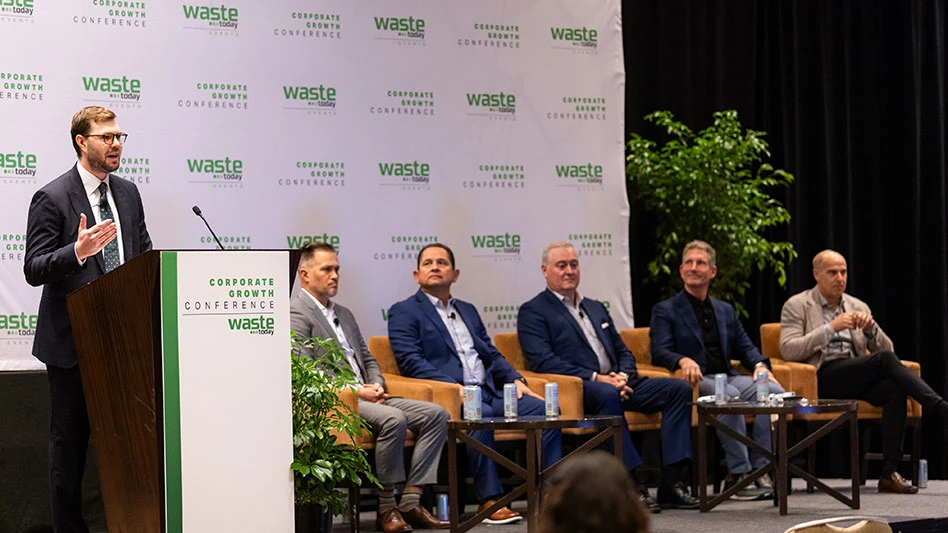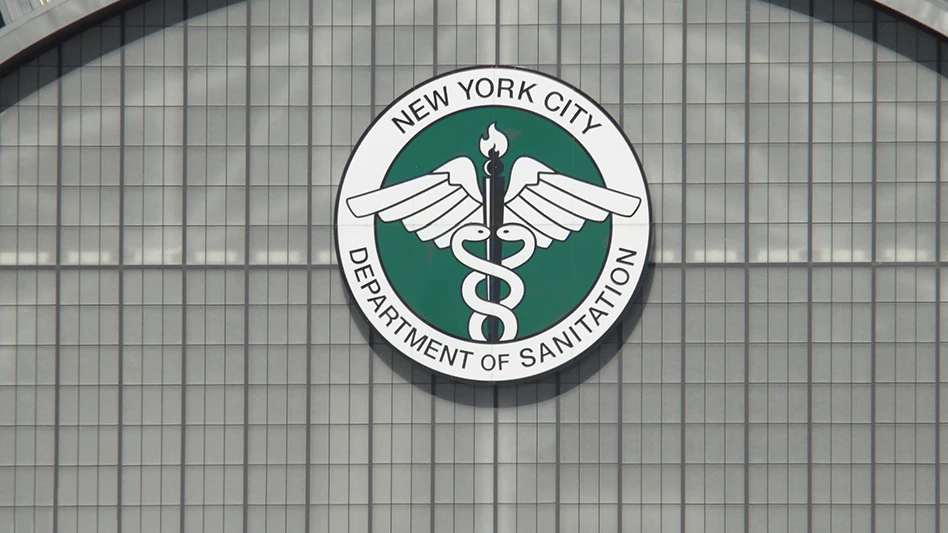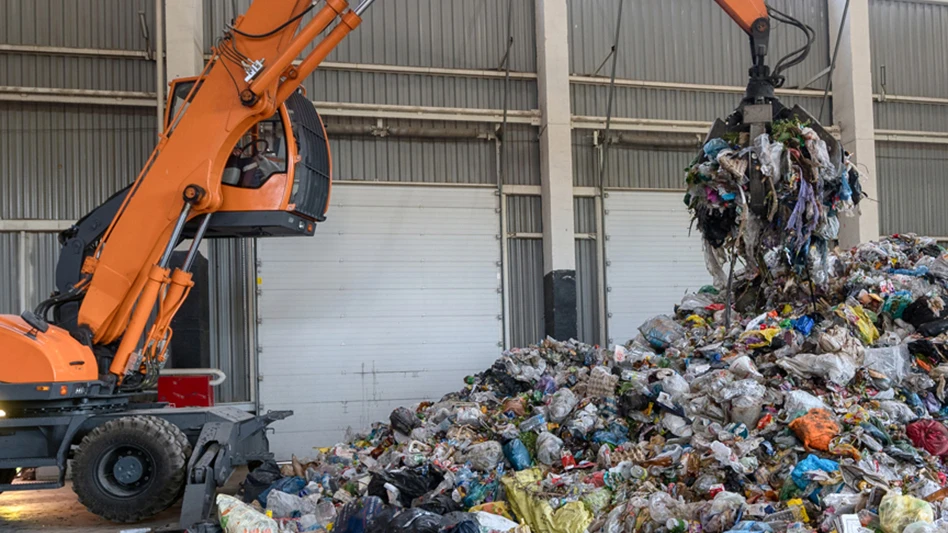
Photo courtesy of Tomra Recycling
The Tomra Recycling business unit of Norway-based Tomra Systems ASA says its new packaging sorting device GAINnext uses deep learning technology—a subset of artificial intelligence (AI) and machine learning—to identify different types of containers on a moving belt.
GAINnext, now available in North America, offers what Tomra says is a high-throughput solution for used beverage can (UBC) aluminum recovery that delivers 98 percent purity or higher without manual sorting.
“This breakthrough technology further automates the sorting line to improve UBC capture efficiency [at material recovery facilities (MRFs)]," the company adds, potentially increasing revenue and decreasing costs for plant operators.
The technology has been designed to instantly detect and eject non-UBC materials including aluminum bottles, food cans, trays and plastic containers to accomplish high-accuracy, automated sorting of aluminum cans.
“MRFs typically rely on manual sorters at the end of the line to pick UBCs from the metal packaging waste stream,” says Ty Rhoad, vice president of sales for the Americas at Tomra Recycling. “Manual sorting averages approximately 60 picks per minute, but our highly effective GAINnext AI sorting application offers up to 33 times more throughput. Offering high purity, GAINnext is proven to reduce operating costs and increase revenue and productivity, resulting in a quick return on investment (ROI).”
Tomra says GAINnext has been developed as an end-of-line solution for MRFs that can be integrated into existing lines with the object of lowering overall costs and improving sorting line ROI.
“Tomra’s experience with AI spans decades as our optical sorting equipment leverages traditional AI to automate sorting lines," says Indrajeed Prasad, product manager of deep learning at Tomra Recycling. "GAINnext is trained to see what the human eye can see and detects thousands of objects by visual differences in milliseconds.
"The deep learning subset of AI creates a hierarchical level of artificial neurons to solve the most complex sorting tasks. We are delighted that our new application focuses on the critical recovery of UBC aluminum cans and offers customers above 98 percent purity rates.”
The device uses an RGB (red, blue, green) camera, trained by thousands of images, to recognize UBCs based on shape, size and dimension.
GAINnext can make up to 2,000 ejections per minute and the deep learning software identifies overlapping objects and calculates positioning for high precision, according to the company.
Tomra also is deploying deep learning in other sorting applications, having used GAINnext initially in the European market. It has sorted food-grade from nonfood-grade plastics, including polyethylene terephthalate, polypropylene and high-density polyethylene, at high throughput rates with purity levels it says have reached 95 percent.
Globally, Tomra now has approximately 105,000 installations in more than 100 countries.
*Indrajeed Prasad's quotation was updated at Tomra's request July 22.
Latest from Waste Today
- CAA submits final draft program plan in Oregon
- Washington city adds organics collection to waste service
- Aspen Waste Systems expands into Denver-metro market
- NYSAR3 seeks respondents to commercial recycling survey
- Aemitis AD system goes online
- Liebherr breaks ground on logistics center
- Rubicon appoints new CFO
- Nexus W2V attracts funding for waste conversion project in Indiana





